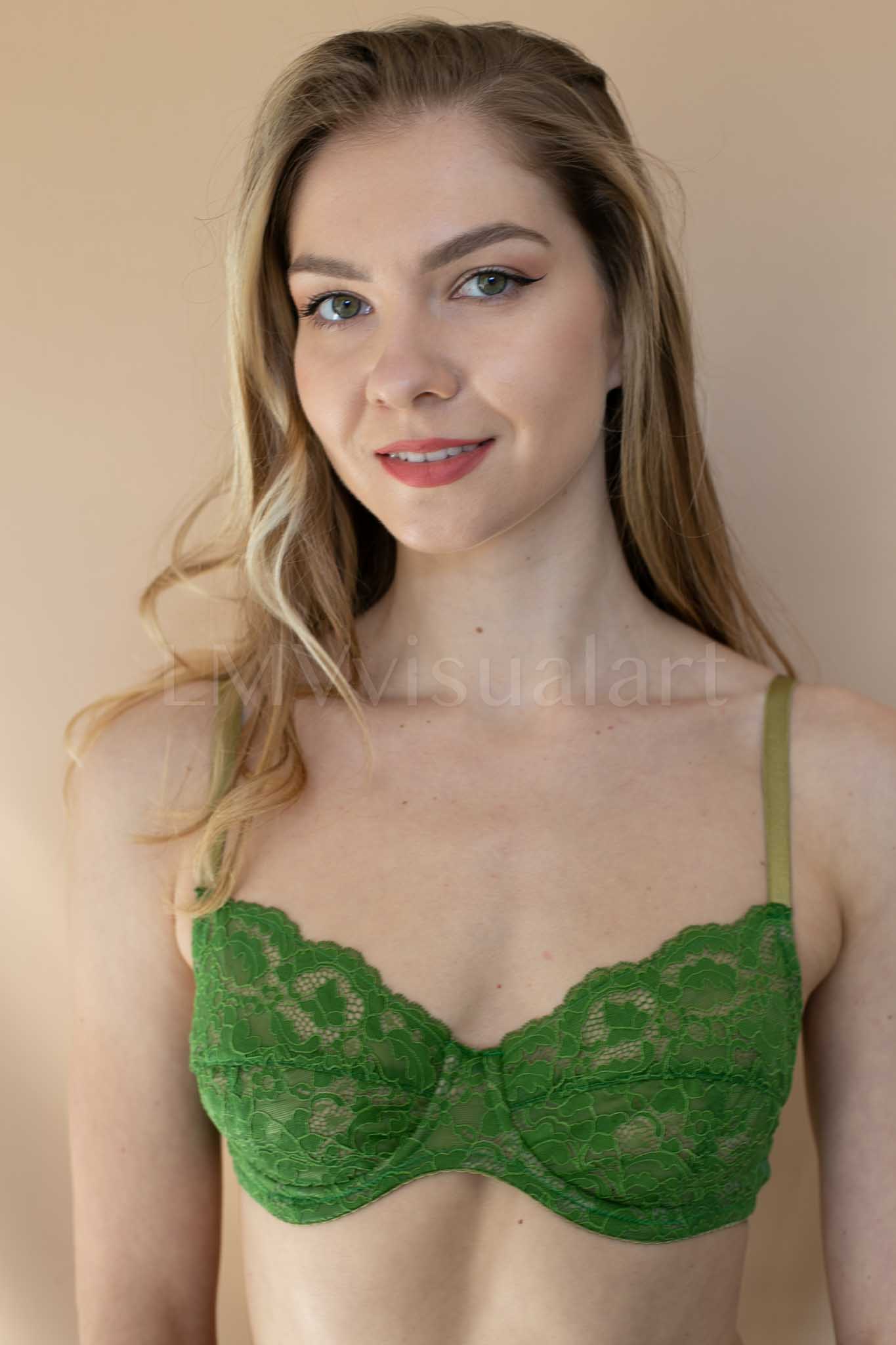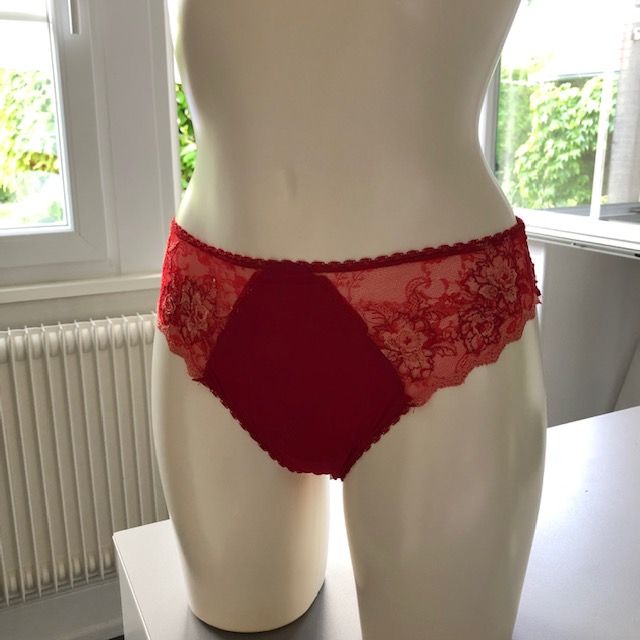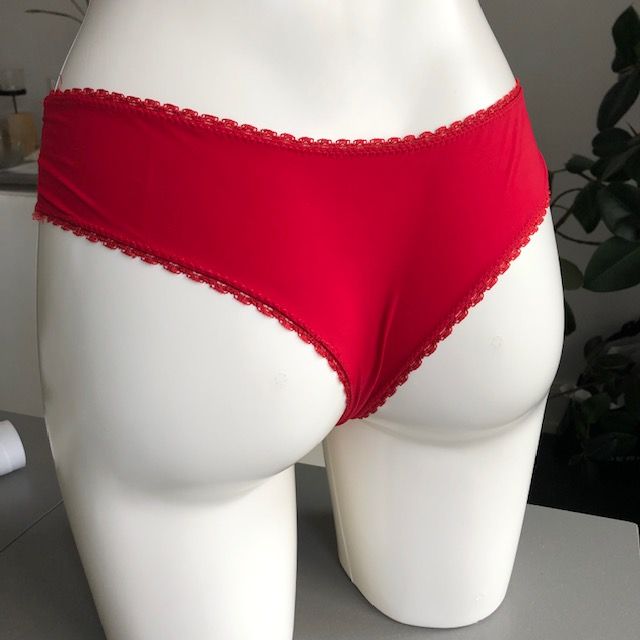Enabled filters
Filter by category
Filter by Colour
Filter by Price
Prix minimum:
Prix maximum:
28 Products
-

 12,50€ – 16,50€Price range: 12,50€ through 16,50€
12,50€ – 16,50€Price range: 12,50€ through 16,50€I suggest you make an underwired bra, with a comfortable, interlocking shape.
The cup is made of 3 pieces. The upper part of the top cup is made of lace for more femininity.
Some additional tips and advice are included with the pattern to help it evolve: modification of the back, height of the back fastener, etc.
The pattern is available as a downloadable version or in a paper pack. The pattern is available in French and English.
Sold for sizes 85 to 115 inclusive - available in A, B, C and D cups; but also includes sizes 80 C/D, 120 A/B/C, 125 A/B and 130A
French sizes
Select options This product has multiple variants. The options may be chosen on the product page -

 12,50€ – 16,50€Price range: 12,50€ through 16,50€
12,50€ – 16,50€Price range: 12,50€ through 16,50€NINA is a bra without underwiring. Its design ensures optimum support for an ultra-feminine, comfortable effect. Ideal for everyday wear!
If you're just starting to make a bra, NINA is the ideal pattern: its assembly range is similar to that of an underwired bra without having to assemble the underwire cover (although this is covered without the complexity of an underwired bra). It's also a perfect bra for young girls, offering a bra without underwiring that's both comfortable and aesthetically pleasing.The cup is made in 2 pieces for a harmonious neckline.
It is available in 2 different versions:
- model A with fabric cups
- model B with lace cups
There are 2 types of back for each size:
- a classic back
- a "swimmer" back for better supportYou can use a variety of fabrics: lace, lycra-type polyamide, simplex ... It's up to you!
The pattern is available as a downloadable version or in a paper pack. The pattern is available in French and English.
Sold for sizes 85 to 115 inclusive - available in A, B, C and D cups
French sizes
Select options This product has multiple variants. The options may be chosen on the product page -

 0,00€
0,00€I suggest you make a beautiful and feminine thong. This pattern can also be used with or without a lace insert on the side.
The pattern does not include seam allowances, so these will need to be added.
The pattern is available as a downloadable pdf file - so you can print out all the pattern pieces in A4 format on your printer.
It can be downloaded immediately - the documents will therefore be accessible from your account in the download section
The pattern is in French and English.
All kits are suitable for this tanga pattern.
Sold in sets of 7 sizes: 34 to 46
-

 12,50€ – 16,50€Price range: 12,50€ through 16,50€
12,50€ – 16,50€Price range: 12,50€ through 16,50€The essential summer accessory is the Zoé tunic! This beach dress, with its V-neckline and raglan sleeves, is light, loose and comfortable. The Zoé tunic will make you look stylish! It will be easy for you to make it and to vary it according to the cut and the fabrics chosen. You will find suitable fabrics on the shop in the beachwear fabric section.
Different cut-outs are possible depending on the size and the desired look. Three different versions can be made (straight, slanted or with a slider for a gathered effect).
The neckline, sleeve edges and bottom edges are decorated with a decorative braid. The tunic can also be made without a braid.
The Idonim patterns are easy to understand and use. A step-by-step guide with photos will accompany you during the making of the tunic.
You will also find some additional tips and tricks for choosing your supplies (type of needle, appropriate textiles ...).
The tunic is easy to make, provided you have some basic sewing skills and know how to use a sewing machine.
It can be made for a beginner's level of sewing.Patterns and instructions available in English or French, in downloadable format or in a paper folder.
The pattern is sold with its instruction booklet for sizes 36 to 50 (FR) / 04 to 18 (US) included
Select options This product has multiple variants. The options may be chosen on the product page
Creating underwear with patterns: a complete guide
Many sewing enthusiasts take up the challenge of creating their own underwear. Using a sewing pattern may seem intimidating, but this approach offers unparalleled customisation and undeniable personal satisfaction. From panties to bras and swimwear, the possibilities are endless.Why choose sewing for your underwear?
Making your own underwear allows you to explore a variety of materials, from lace to organic cotton. One of the main advantages is the perfect fit. Unlike ready-to-wear garments, a pattern allows you to adapt each piece to your morphology. The DIY (do it yourself) approach also promotes sustainability. You can choose environmentally-friendly fabrics and reduce your carbon footprint while creating unique pieces. The long-term savings are not insignificant either.How do I get started with a lingerie pattern?
Choosing a good sewing pattern
Start by selecting a pattern suited to your skill level. There are free patterns online that offer a good foundation for beginners. Make sure the pattern is clear and well detailed, ideally with pdf tutorials to guide you. Some platforms offer specific patterns for lingerie such as bras or knickers. Read the specific instructions for the type of fabric you are recommending carefully before you start.Materials required
When making underwear, the choice of material is crucial. Stretch fabrics such as lycra or jersey are often used for their comfort and elasticity. Don't forget lace to add a touch of sophistication.- 🌿 Stretch fabrics (lycra, jersey)
- ✨ Lace for embellishments
- 🧵 Assorted, strong wires
- ✂️ Quality elastics for borders








